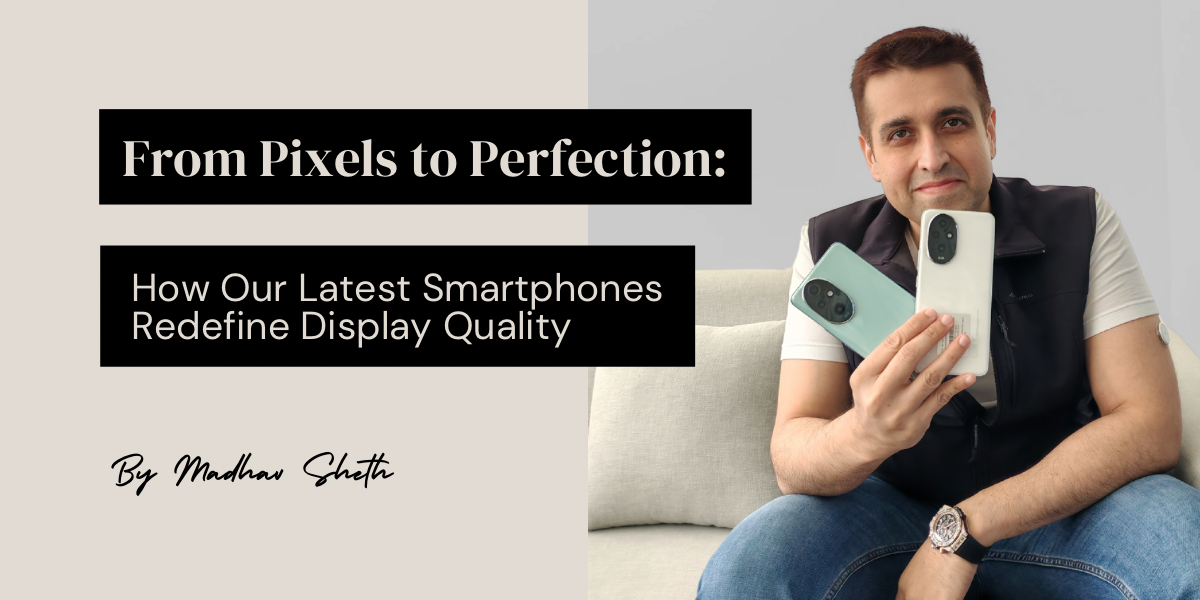 In today's fast-paced digital era, smartphones have become an integral part of our daily routines. These devices offer a plethora of functionalities, from communication and entertainment to productivity and navigation. Despite their usefulness, concerns about data privacy and security breaches have brought attention to the importance of prioritizing privacy in the design and development of smartphone experiences.
In today's fast-paced digital era, smartphones have become an integral part of our daily routines. These devices offer a plethora of functionalities, from communication and entertainment to productivity and navigation. Despite their usefulness, concerns about data privacy and security breaches have brought attention to the importance of prioritizing privacy in the design and development of smartphone experiences.Privacy-first design is an approach that prioritizes safeguarding user data in the design process. It emphasizes transparency, user control, and data security to ensure that users can trust the smartphone experiences they engage with. In the following blog post, we will explore the principles of privacy-first design and its crucial role in building trustworthy smartphone experiences.
Transparency
A fundamental principle of privacy-first design is transparency. Users must clearly understand how their data is collected, used, and shared within the smartphone ecosystem. This involves transparent privacy policies, data collection practices, and user consent mechanisms. By being transparent about data practices, smartphone experiences can establish trust with users and empower them to
make informed choices about their privacy.
User Control
Empowering users with control over their data is another critical aspect of privacy-first design. Smartphone experiences should provide users with comprehensive controls to manage their privacy settings. This includes the ability to opt in or out of data collection, choose their preferences for data sharing, and have access to and the ability to delete their data. By giving users meaningful control over their data, smartphone experiences can demonstrate respect for user privacy and individual autonomy.
Data SecurityProtecting user data from unauthorized access and breaches is a core requirement of privacy-first design. Smartphone experiences should implement robust security measures, such as encryption, secure data storage, and authentication mechanisms, to safeguard user data from potential threats. By prioritizing data security, smartphone experiences can provide users with the assurance that their personal information is being handled responsibly and securely.
Building Trustworthy Relationships
Privacy-first design is not only about compliance with regulations and best practices; it is also about building trustworthy relationships with users. By prioritizing user privacy and security, smartphone experiences can cultivate a sense of trust and loyalty among their user base. Trust is a vital component of any successful smartphone experience, and it can only be achieved by demonstrating a genuine commitment to protecting user privacy.
Challenges and Opportunities
While privacy-first design presents significant challenges, such as compliance with evolving privacy regulations and balancing user privacy with business needs, it also offers valuable opportunities. By differentiating smartphone experiences through privacy-first design, businesses can gain a competitive advantage, enhance their brand reputation, and foster long-term customer loyalty.
The Future of Smartphone Experiences
As the landscape of data privacy continues to evolve, privacy-first design will play an increasingly critical role in shaping the future of smartphone experiences. By embracing privacy-first design principles, businesses can adapt to the changing expectations of users and differentiate their smartphone experiences in a crowded market. Ultimately, the success of smartphone experiences will be defined by their ability to prioritize user privacy, security, and trust.
In conclusion, privacy-first design is indispensable for building trustworthy smartphone experiences. By embracing transparency, empowering users with control, prioritizing data security, and fostering trustworthy relationships, smartphone experiences can distinguish themselves as leaders in the realm of user privacy and security. As we continue to rely on smartphones for various aspects of our lives, it is crucial to prioritize privacy-first design to ensure that users can confidently engage with smartphone experiences without compromising their privacy and security.










